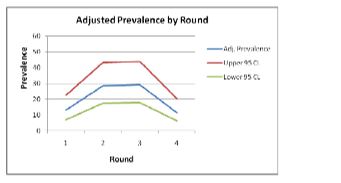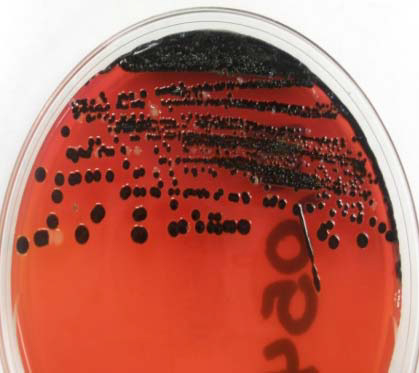Project Summary
Quantitative Herd-Level Evaluation of the Potential for a Commercially Available Vaccine to Effectively Control Salmonella in Dairy Cattle
- Principle Investigator(s):
- Russell L. Farrow1, Guy H. Loneragan1, Tom S. Edrington2, Hattie E. Webb1, Rebecca M. McCarthy1, Angela Daniels3, Jason B. Osterstock4, Bo Norby5, Mindy M. Brashears6
- Institution(s):
- 1West Texas A&M University
- 2Meat Safety and Quality Research Unit, U.S. Meat Animal Research Center
- 3Circle H Headquarters
- 4Texas AgriLife Research
- 5Texas A&M University
- 6Texas Tech University
- Completion Date:
- 2010
Background
Effective control of Salmonella in beef products is needed and pre-harvest intervention strategies are critical components of an integrated systems approach to ensure beef safety. Culled cows from the dairy industry contribute substantially to US the beef supply, especially ground beef products and have often been implicated in Salmonella-positive product. Therefore, pre-harvest strategies aimed at reducing the burden of Salmonella in these animals is of utmost concern. Conditionally licensed vaccines hold promise in their ability to increase the effective immunity of the treated animals against various pathogens including Salmonella. This research aids in the understanding of herd level factors that are responsible for the Salmonella burden.
The objectives of this study were to 1) quantitatively determine whether a commercially available vaccine can effectively control burden of Salmonella on dairies; 2) evaluate farm-level variables that explain a significant amount of variation in Salmonella shedding on dairies; and 3) partition unexplained variation in Salmonella shedding to within and between herd dynamics.
Methodology
Using a prospective cohort design to test the efficacy of a conditionally licensed Salmonella SRP vaccine, vaccinated and non-vaccinated cohorts, dairy herds were sampled four times at six-week intervals beginning the summer of 2009. Fecal samples were qualitatively and quantitatively analyzed using accepted Salmonella culture techniques. Positive isolates were subjected to antimicrobial resistance panels and submitted to an independent laboratory for serotype determination.
Findings
Salmonella is ubiquitous throughout the study population and multiple serotypes previously identified in human outbreaks were identified. However, most isolates recovered were pan susceptible to a broad range of antibiotics. Additionally, a majority of the observed variation was within individual herds which in the future may aid in understanding herd-level drivers responsible for the current Salmonella burden.
Implications
Challenges regarding pathogen control as a pre-harvest intervention strategy still exist, however vaccine technology is progressing rapidly. The incorporation of management strategies and new technologies to reduce the burden of Salmonella on dairy farms will reduce the incidence of salmonellosis in dairies and proportionate reduction in human populations as well.

Figure 1. Prevalence by round adjusted for clustering within dairies.

Figure 2. Morphologically typical Salmonella colonies.